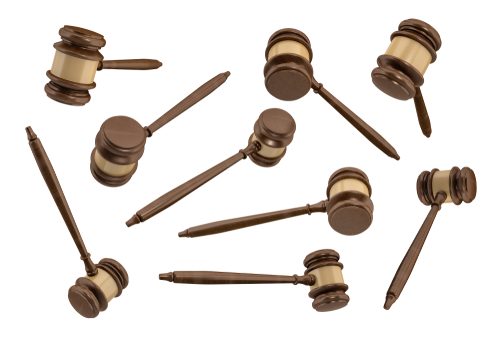After Philadelphia Prison Case, Many Still Weigh the Effects of Releasing Inmates
Deputy Philadelphia District Attorney Sarah Vandenbraak Hart winced as a federal judge signed off on a settlement the city reached in a 1986 jail overcrowding case. The pact would force the city to release thousands of inmates and to turn others away at the cell door upon arrival.
“I remember the day the order was entered,” recalls Hart, who, 25 years later, still is fighting cases over jail conditions. “I turned to a colleague and said, ‘Somebody’s going to die over this.’ ”
It happened in 1991, when recently released car thief Edward Bracey gunned down 21-year-old rookie police officer Daniel Boyle. The officer had chased Bracey, who was driving a stolen car. Bracey, now on death row, fired eight times at Boyle, killing him.
U.S. Supreme Court Justice Samuel A. Alito Jr. may have had a similar premonition when, in 1995 as a judge on the 3rd U.S. Circuit Court of Appeals at Philadelphia, he partially dissented from an affirmation of a contempt finding against the city for failing to live up to its end of the consent decree. On the high court, Alito recounted the Philadelphia story last term as a dissenter in a California prison overcrowding decision that similarly could put thousands of felons back on the streets.
“The majority is gambling with the safety of the people of California,” Alito complained in Brown v. Plata, decided May 23. “I fear that today’s decision, like prior prisoner release orders, will lead to a grim roster of victims. I hope that I am wrong.”
The justices affirmed 5-4 a three-judge panel’s order to cap California’s prison population to cure ongoing Eighth Amendment violations caused by overcrowding. Justice Anthony M. Kennedy made the difference by joining the court’s four-member liberal faction.
Click here to read the rest of “Reliving the Philadelphia Story” from the September issue of the ABA Journal.



